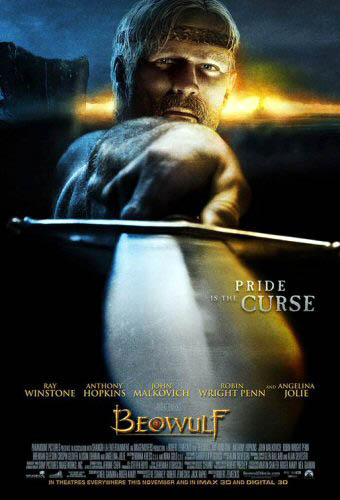 |
| Is the society depicted in this film historically accurate? Let’s perform a social-network analysis! |
Here’s a helpful hint: the “realism” of social networks in the Iliad, Beowulf, and the Tain tell us squat, zero, nothing, zilch, not a bit about their historicity.
From the New York Times (h/t Daniel Solomon):
Archaeological evidence suggests that at least some of the societies and events in such stories did exist. But is there other evidence, lurking perhaps within the ancient texts themselves?
To investigate that question, we turned to a decidedly modern tool: social-network analysis. In a study published in Europhysics Letters, we use a mathematical approach to examine the social networks in three narratives: “The Iliad,” “Beowulf” and the Irish epic “Tain Bo Cuailnge.” If the social networks depicted appeared realistic, we surmised, perhaps they would reflect some degree of historical reality.
Social networks have been widely studied in recent years; researchers have looked at the interconnectedness of groups like actors, musicians and co-authors of scientific texts. These networks share similar properties: they are highly connected, small worlds. They are assortative, which means that people tend to associate with people like themselves. And their degree distributions are usually scale-free — a small number of people tend to have lots of friends.
Shorter version: “if the social networks depicted in a cultural epic appear realistic, then the social networks depicted in that cultural epic appear realistic.”*
Once upon a time, Cosma Shalzi wrote an excellent post on physicists and social-network analysis. However, in this case, the problem seems not to be a failure to familiarize with the existing literature, but idiocy.
*For theoretically specified values of “realistic.”
Daniel H. Nexon is a Professor at Georgetown University, with a joint appointment in the Department of Government and the School of Foreign Service. His academic work focuses on international-relations theory, power politics, empires and hegemony, and international order. He has also written on the relationship between popular culture and world politics.
He has held fellowships at Stanford University's Center for International Security and Cooperation and at the Ohio State University's Mershon Center for International Studies. During 2009-2010 he worked in the U.S. Department of Defense as a Council on Foreign Relations International Affairs Fellow. He was the lead editor of International Studies Quarterly from 2014-2018.
He is the author of The Struggle for Power in Early Modern Europe: Religious Conflict, Dynastic Empires, and International Change (Princeton University Press, 2009), which won the International Security Studies Section (ISSS) Best Book Award for 2010, and co-author of Exit from Hegemony: The Unraveling of the American Global Order (Oxford University Press, 2020). His articles have appeared in a lot of places. He is the founder of the The Duck of Minerva, and also blogs at Lawyers, Guns and Money.


0 Comments